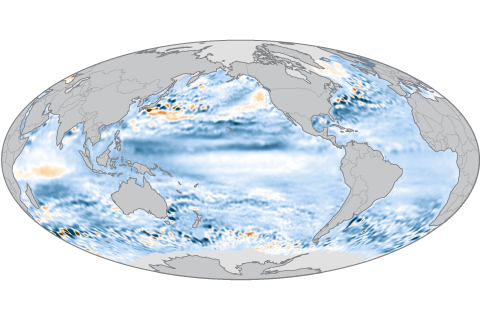
Global mean sea level in 2017 was the highest in the satellite record—3 inches (77 millimeters) higher than it was in 1993—and the rate of increase has been accelerating.

Global mean sea level in 2017 was the highest in the satellite record—3 inches (77 millimeters) higher than it was in 1993—and the rate of increase has been accelerating.
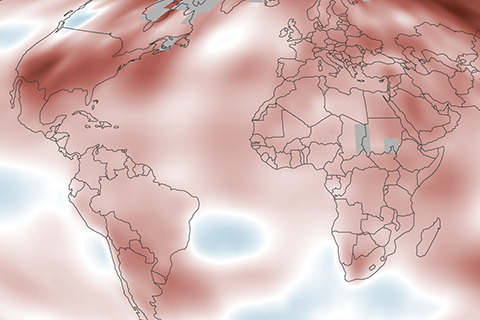
Global temperature in 2017 was the warmest of any non-El Niño year in the instrumental record. Since 1901, the planet’s surface has warmed by an average of 0.7–0.9° Celsius (1.3–1.6° Fahrenheit) per century, but the rate of warming has nearly doubled since 1975 to 1.5–1.8° Celsius (2.7–3.2° Fahrenheit) per century.
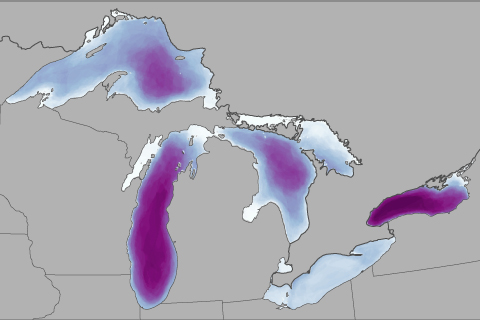
Ice cover on the Great Lakes has been decreasing since the 1970s, affecting everything from fishing to shipping.
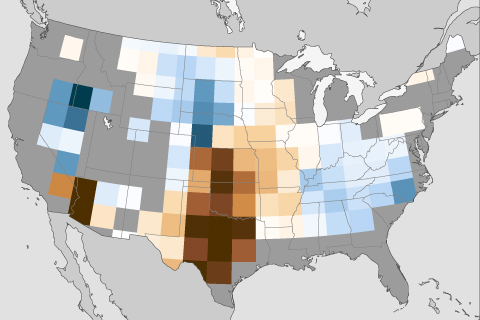
Impacts of global warming on Great Plains summer rainfall and vegetation are biggest unknowns.
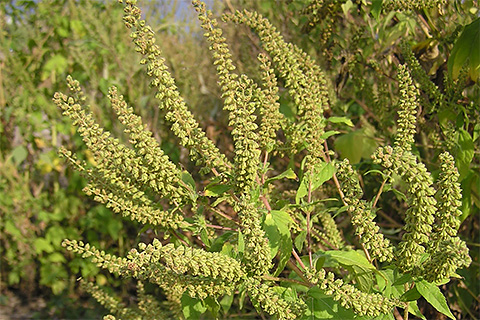
Hay fever might leave you wanting to live north of that Westeros Wall, but the farther north you live in the contiguous United States, the worse your allergies may get in a warming climate.

About a third of the carbon dioxide released by fossil fuel burning winds up in the global ocean. Repeat cruises help scientists understand what happens to that carbon below the water surface.
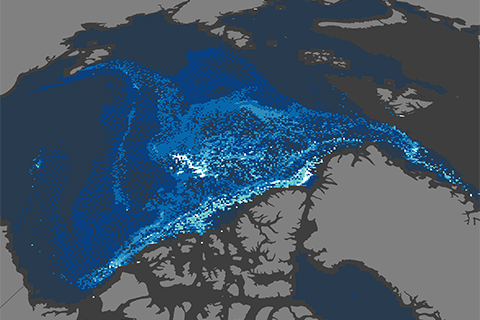
Old ice continues disappearing from the Arctic Ocean, continuing a decades-long pattern.
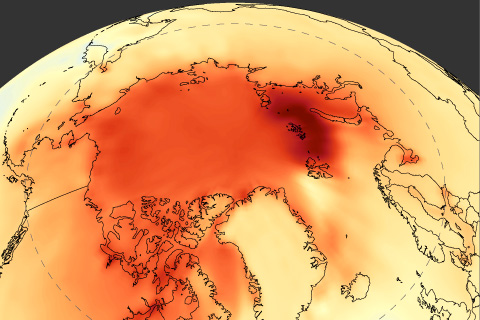
Models suggest 2016's extreme warmth may be the Arctic's new normal within a decade.
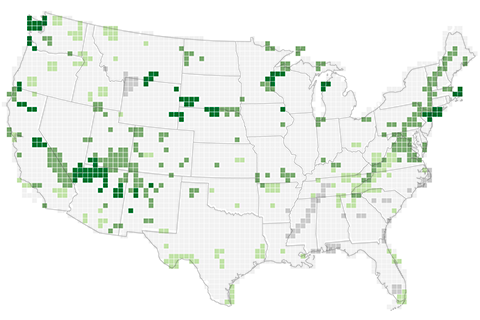
A recent analysis of 276 National Parks found that about three-quarters of them are experiencing earlier springs. The changes in when leaves and flowers emerge affect not just pollinators, but also park staff, who have to budget and prepare for earlier visitors.
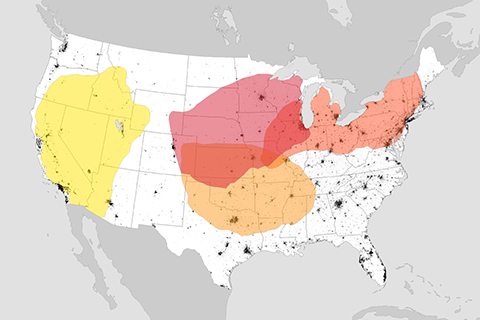
Global warming will make heat waves hotter, longer, and more frequent. Communities in the U.S. West and the Great Lakes region may have the least time to prepare.